Film Name:雷霆沙贊! / Shazam!
So far in 2019, Shazam! stands out as the superhero film with the strongest opening momentum. This isn’t just because it garnered countless positive reviews from audiences and critics before its official release, boasting impressive scores on Rotten Tomatoes and Metacritic. It even became the highest-rated DC superhero film since The Dark Knight trilogy.
After eagerly watching it, I must admit the film lives up to all the hype. Its youthful energy, adolescent spirit, and well-crafted emotional conflicts and relatable moments are its greatest strengths… Yet, these very qualities are also why it hasn’t garnered sufficient acclaim domestically.
01
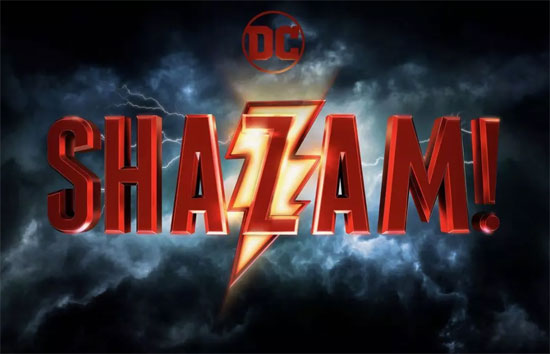
As usual, this piece won’t indulge in esoteric references—I know nothing about Black Adam or the Necromaniac. I’m simply discussing the film on its own merits.
[Friendly reminder: Spoilers ahead.]
In my view, Shazam!’s greatest strengths lie in two contrasting aspects—one overt, one subtle. The most obvious and fan-favorite element is its vibrant youthful energy: it transports you back to your carefree childhood days and innocent fantasies.
What teenager hasn’t dreamed of being the “chosen one,” granted extraordinary powers?
The film’s premise is deceptively simple: The wizard Shazam’s powers are fading, and he can barely contain the Seven Deadly Sins. Desperate to find a young successor to inherit his legacy, he’s thwarted when Dr. Sivana, the “Eliminator,” arrives at the Rock of Eternity and unleashes the Sins. Left with no choice, the wizard transfers his powers to Billy Batson, an ordinary 12-year-old boy.
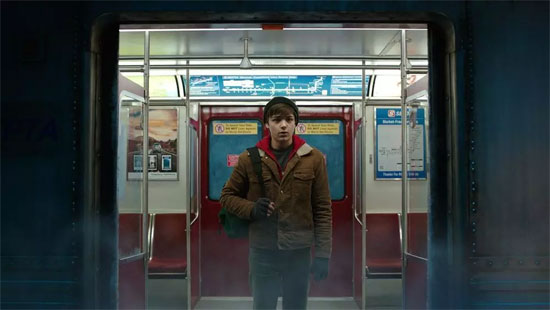
But ordinary doesn’t mean mediocre—in this film, that design feels remarkably grounded. Interestingly, when Billy arrives for his “interview,” the wizard has no way to test him and must close his eyes to force the inheritance… which subtly reveals that no one truly possesses an “immaculate heart.”
Billy certainly isn’t the ideal good kid. He constantly gets into trouble, keeps running away from foster homes, and only cares about himself and his missing mother… When such a 14-year-old suddenly gains extraordinary powers, the “thunderous shenanigans” we talk about naturally emerge.
Billy and his newfound buddy Freddy hit it off instantly, skipping school to test out Shazam’s various superpowers and having the time of their lives.
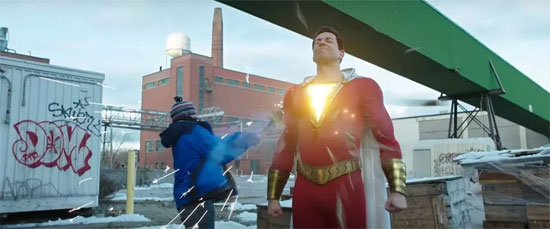
This segment of the film is incredibly vivid and entertaining, perfectly capturing the “teenage angst” of real life. Electric shocks, super speed, immense strength… every new discovery sends them into fits of excitement. Especially when stopping a convenience store robber—only a fearless kid would, after discovering his body is “bulletproof,” tell the robber to shoot him in the head. Most adults wouldn’t dare play like that.
This leads to another subtle strength of the film: its emotional foundation.
Billy, separated from his mother at a young age, distrusts the foster family caring for him. He runs away over twenty times, driven solely by his longing to find the mother he’s missed for years.
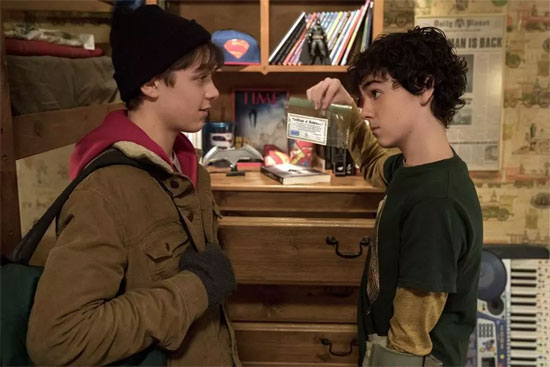
Even after arriving at the Vic family’s foster home, Billy remained unchanged. Though his peer Freddy seemed to share many common interests, Billy stayed true to his solitary ways: stealing Freddy’s “Superman bullets” while claiming he hadn’t; He sought out Freddy to share secrets and skip school together, hoping for companionship; yet when Freddy bragged about his connection to Shazam, Billy felt exploited and turned away…
Thus, Billy bears a striking resemblance to the villain Shivana (and deeply understands him). The difference lies in this: when his long-awaited reunion with his mother proved less joyful than he’d imagined, he chose the familial bond he once scorned—a bond that now felt priceless.
We cannot choose our origins, but we can choose our attitude. This is the profoundly universal truth buried within the film.
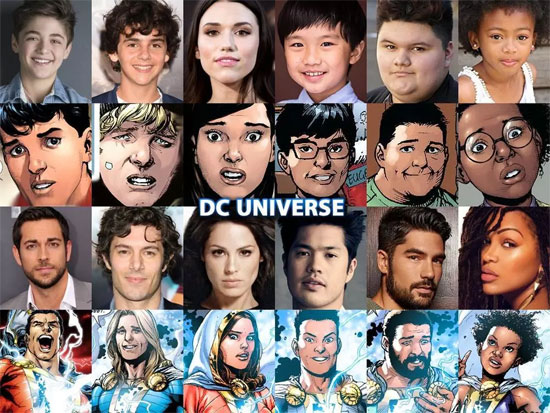
The moment Billy had the brilliant idea to make his five step-siblings part of the “Shazam Family,” I knew Shazam! was a great movie. It uses a seemingly magical premise to tell an ordinary yet extraordinary story.
So when Billy and the gang let Freddy steal the spotlight at school in the end, it felt incredibly satisfying—we’re still kids, and we love that thrill of showing off in front of everyone!
Beyond these two strengths, the film feels rather lackluster in other areas. Take the villain Dr. Sivana, for instance—his characterization and development fall short.
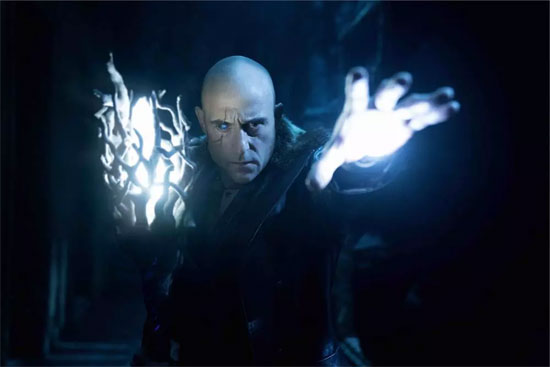
The film actually devotes considerable screen time to fleshing out this character. Yet compared to the original comic’s bald villain—a man driven astray by his desperate desire to save his terminally ill family—the movie’s Dr. Sivana, obsessed solely with gaining power to prove himself, comes across as far flatter and more one-dimensional.
While such a “purely” evil antagonist suffices against Billy, whose mental age is only 14, it feels somewhat unsatisfying when viewed within the broader context of the film—especially within the DC superhero universe, where villains have traditionally shone brightly…
Another significant issue is that Shazam! isn’t as “ridiculously silly” as anticipated. Audiences who followed the film’s promotion likely noticed that most of its comedic and entertaining moments were already showcased in trailers and clips.
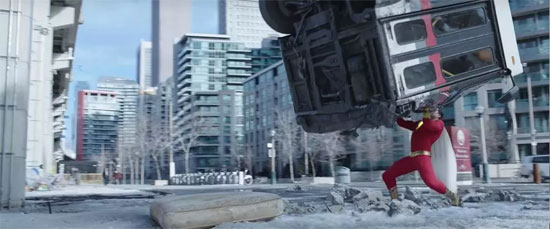
For instance, the scenes of receiving the wizard’s legacy, first testing superpowers, accidentally harming someone before intentionally saving them, and even the final post-credits scene—all these inevitably led audiences to expect Shazam! to be a laugh-a-minute comedy… Yet the reality is that the film hides its deeper, more contemplative side. The actual tone of the finished product isn’t quite that, and while it’s not exactly “deceptive,” it might leave some feeling it lacks sufficient “popcorn appeal.”
Additionally, constrained by budget and production scale, the film’s special effects and action sequences aren’t particularly visually stunning, failing to elevate the overall experience.
Of course, these are minor issues. The primary reason Shazam! didn’t achieve the same critical acclaim in China as it did in North America, I believe, is that its two greatest strengths couldn’t replicate the impact they had in the U.S.
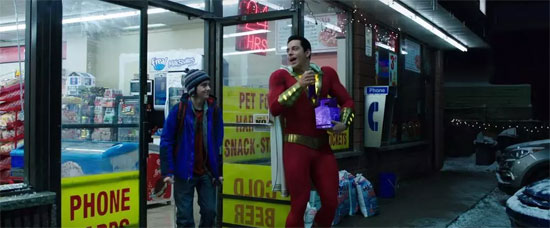
First and foremost is that genuine youthful spirit. American comics have been thriving for over half a century, accompanying generations of Americans as they grew up. Countless teenagers, young adults, middle-aged people, and even seniors have harbored a “superhero dream.” Whether in its original comic form or as a live-action film, Shazam! stands as the closest realization of that dream.
A certain distance always exists between “superheroes” and ordinary people. Even the most ‘relatable’ characters like Spider-Man cannot compare to Shazam, who fully embraces an everyday-person approach this time around—testing his superpowers, pretending to be an adult to buy beer. These utterly “mortal” scenarios perfectly suit American tastes.
For our generation growing up, the heroes we yearned to be were more likely Sun Wukong, Saint Seiya, Saiyans, Sailor Moon, or the Little Fairies… While these fantasies share the core desire to be a superhero, the sense of immersion falls significantly short.
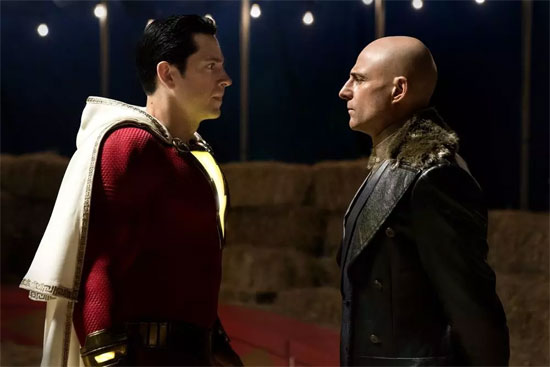
In our “heroic ethos,” fleeing from villains you can’t defeat isn’t exactly heroic behavior—though we understand Billy running away as a teenager under 15 is understandable. But expecting that to generate more empathy? That’s a stretch.
The most jarring disconnect stems from our lack of the unique family environment depicted in the film. Though the data is likely outdated, “over one-third of American families are blended households,” while foster care placements are equally common (a setting ubiquitous in films and TV shows). In Shazam!, each of Billy’s siblings is adopted, and his parents Victor and Rosa themselves come from foster care. This seemingly unusual family structure has a solid foundation in American reality, making it more relatable to audiences.
In contrast, many Chinese audiences of this generation who grew up with American comics and superhero films were raised as only children. Even those with siblings rarely have many, and blended or foster families are even less common…

While we can understand the film’s themes and emotions, we’re far from experiencing true empathy or resonance. Without that emotional resonance, Shazam! inevitably lacks that unique “aura” in our eyes.
Even so, I still consider it an excellent superhero film. It stays grounded, transcending mere entertainment or heavy-handedness. If future films in this genre could embrace more exploration and innovation like Shazam! does, I would be delighted to see it.
Please specify:Anime Phone Cases » hazam! 雷霆沙贊! 2019 Film Review: Great, but unfortunately it didn’t suit the local conditions.